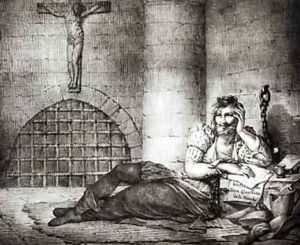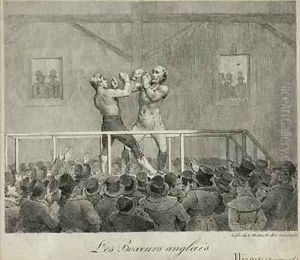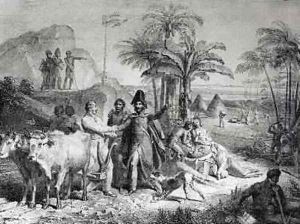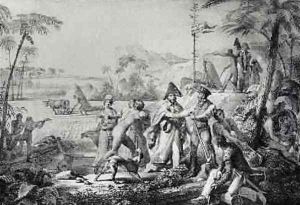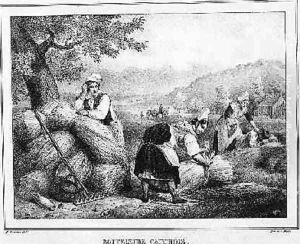Charles Etienne Pierre Motte Paintings
Charles Etienne Pierre Motte was a French lithographer and publisher active in the early 19th century. Born in 1785 in France, Motte became an influential figure in the development and popularization of lithography in France during his lifetime.
Motte was trained under the artist Jean-Baptiste Réveillon, and he quickly developed his skills in the nascent field of lithography, which had been invented by Alois Senefelder in 1796 in Germany. Motte recognized the potential of this new printing process, which allowed for the mass production of images with a quality that could rival traditional engraving techniques.
Throughout his career, Motte worked with numerous artists, helping to translate their works into lithographic prints. His studio became a hub for artistic activity, and he was instrumental in bringing lithography to the forefront of the art world. Motte was known for his exceptional skill in capturing the nuances of the original artworks, ensuring that the lithographs were faithful reproductions that could be enjoyed by a wider audience.
Motte's contribution to the field of lithography extended beyond his skill as a printer. He was also an entrepreneur and understood the commercial potential of the medium. He published many lithographs that were sold as individual art pieces or included in books, thus contributing to the dissemination of art throughout France and beyond.
Charles Etienne Pierre Motte passed away in 1836, but his legacy lived on through the artists he trained and the advancements he made in the field of lithography. His work helped to establish lithography as a respected and widely used artistic medium in the 19th century. Motte's efforts not only democratized art by making it more accessible but also paved the way for future innovations in the world of printmaking.
